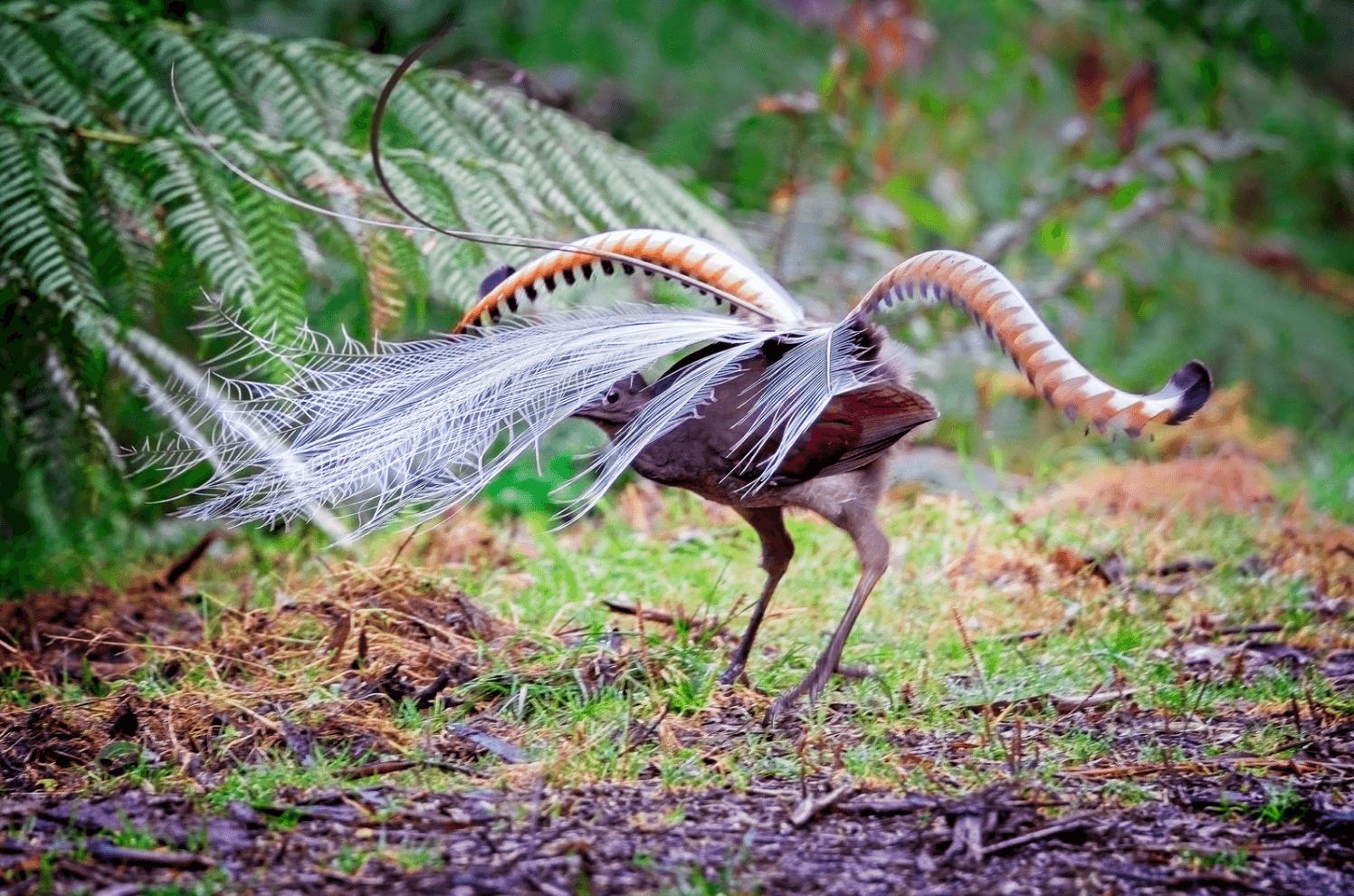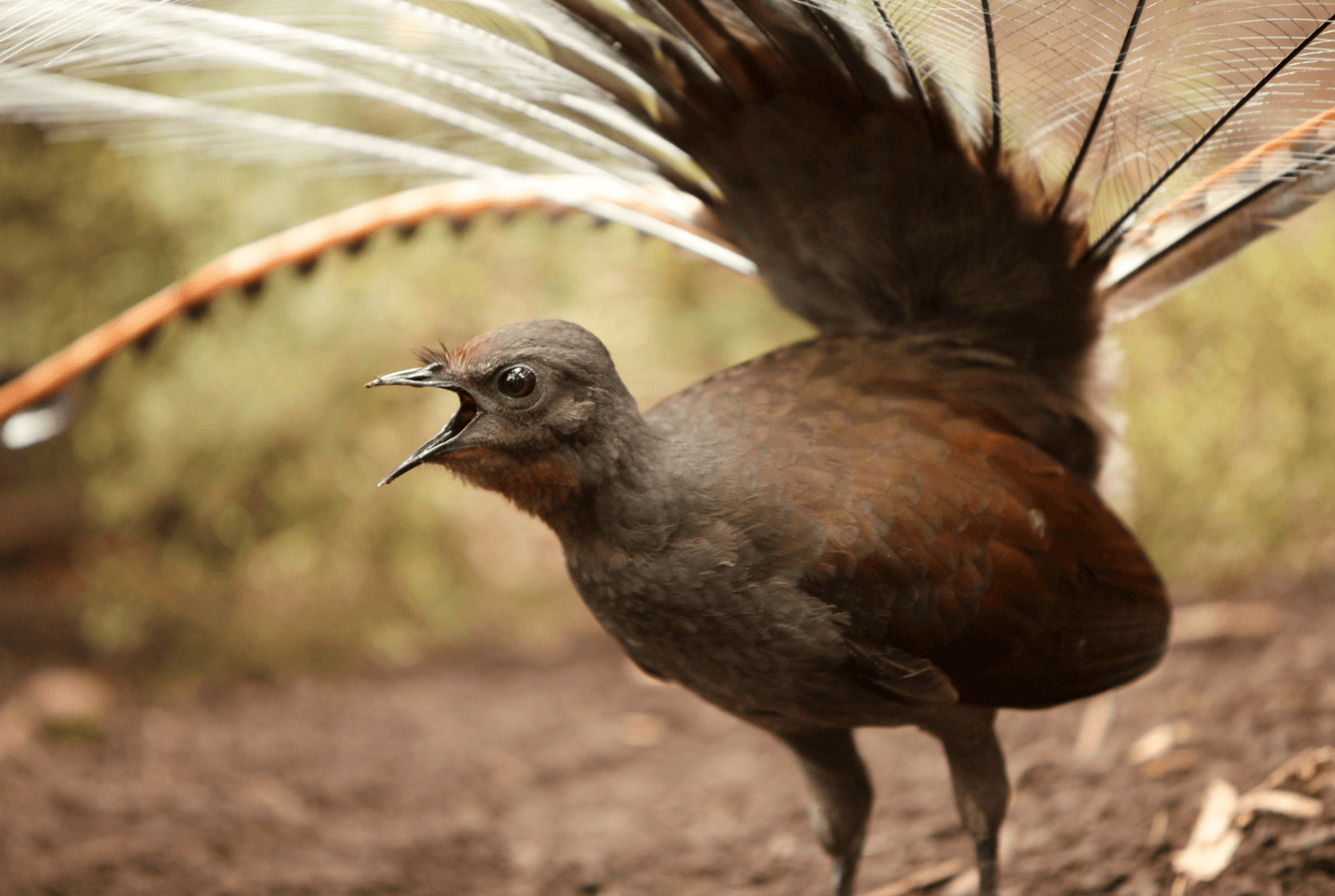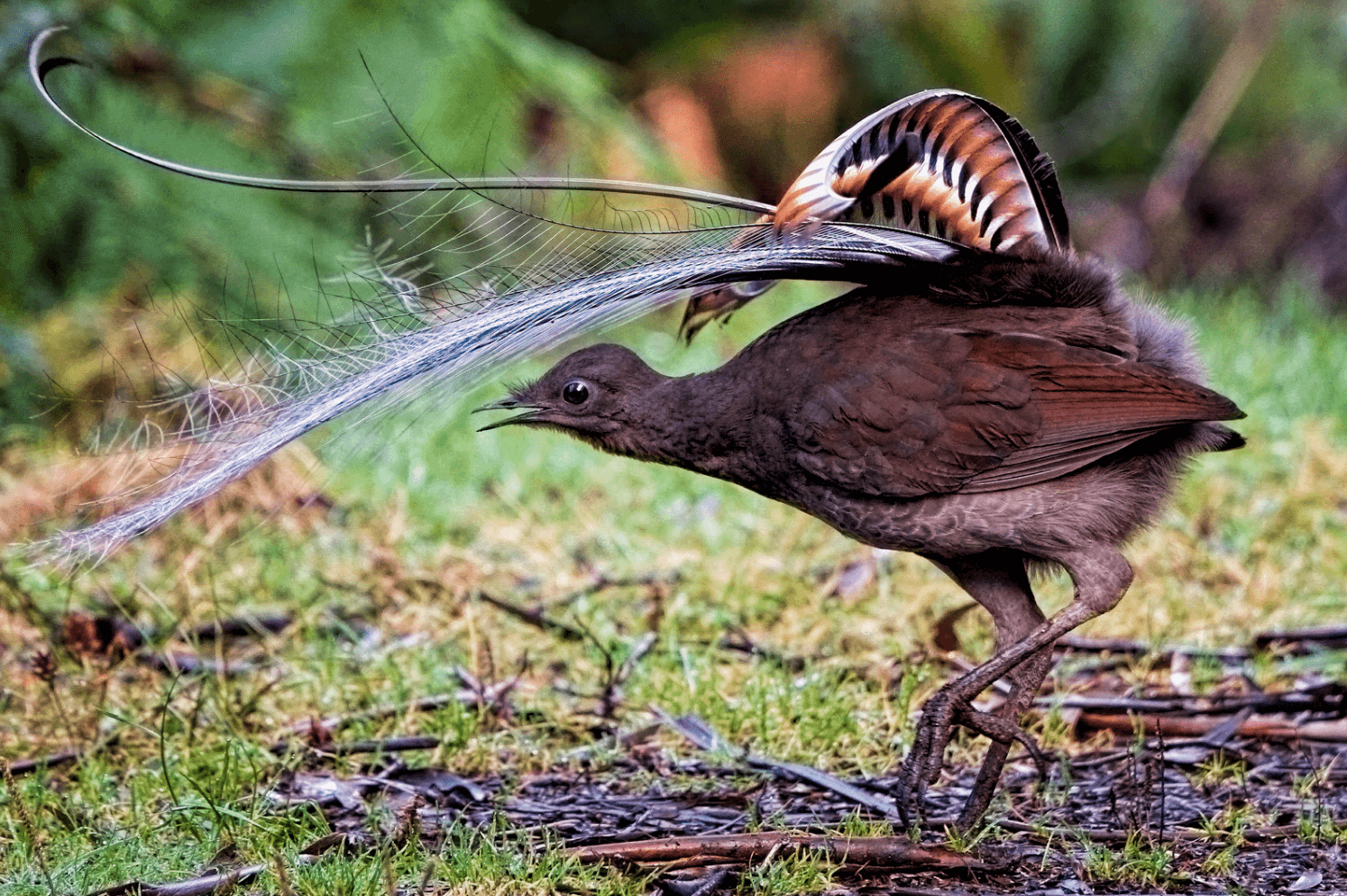The Blue Mountains are home to many beautiful, unique species of bird, the most common being the Superb Lyrebird. This species of songbird has been found throughout the Blue Mountains since the first European settlers moved into the area, and can be seen in almost any park or nature reserve in that area. The Superb Lyrebird (Menura novaehollandiae) is an Australian songbird, one of two species from the family Menuridae.
Description & Behavior
As its name suggests, this is a remarkable bird for many reasons. The Superb Lyrebird (Menura novaehollandiae) is an Australian songbird, one of two species from the family Menuridae. It is one of the world’s largest songbirds, and is renowned for its elaborate tail and courtship displays, and its excellent mimicry. In fact, it can reproduce almost any sound it hears—from chainsaws to car alarms to camera shutters. That’s right: cameras!
A great place to see them is along the Scenic World Boardwalk, around Echo Point and at the Wentworth Falls picnic area.
Environment & Habitat
These birds live in rainforests and wet eucalyptus forests and are common in the upper Blue Mountains. They thrive when there is a variety of vegetation in their surroundings. Because they are mimics, it is necessary for them to be able to copy other sounds that they hear in order to survive. This makes it more advantageous for them to live near human dwellings because there are more different sounds coming from these areas.
Their diet consists mainly of insects, berries, fruits and seeds. They use their long tails as fans while they sit on branches or on top of leaves in trees. When they feel threatened by predators or during mating season, they will fluff up their feathers to make themselves look bigger.
Breeding & Nesting
The superb lyrebird has an elaborate courtship ritual, centred around a display mound. Built by the male bird, this display mound is made of scratched earth and measures up to 90 cm wide by 15 cm high. Each lyrebird territory may include 10 to 15 display mounds, which the displaying male may visit in turn. When courting, the male bird stands on a mound, spreading its tail over its head and singing a loud, clear song for as long as 20 minutes.
Superb Lyrebirds breed from April to October each year (the season is slightly shorter in the north of its range). The male secures a territory, attracting potential mates by singing and dancing on one of several mounds within it, while throwing the tail forward over the body and shaking it in display. Nesting takes place in hollow logs or tree trunks on or near ground level. Clutch size is up to 2 eggs, laid approximately a day apart. Both parents incubate eggs and feed nestlings. Young fledge after about 4 weeks. In captivity, birds can live for over 30 years.
Threats & Conservation Status
The Superb Lyrebird is categorized as Least Concern on the IUCN Red List, although its numbers are declining. This species appears to be sensitive to habitat disturbance in certain areas, and conservation programs have been put in place at several sites, notably in Kosciuszko National Park (KNP). To maintain viable populations into future decades, it is crucial that we understand what factors affect Superb Lyrebirds and then take appropriate action.
![]()




